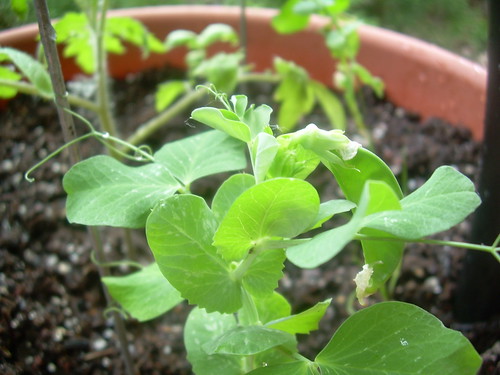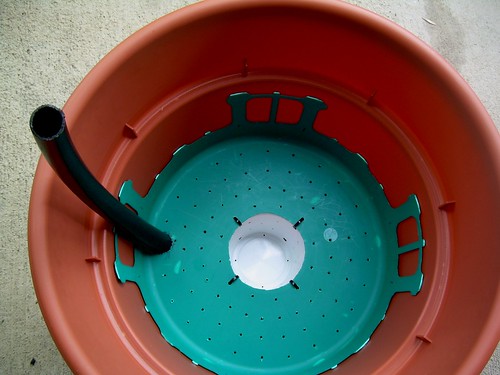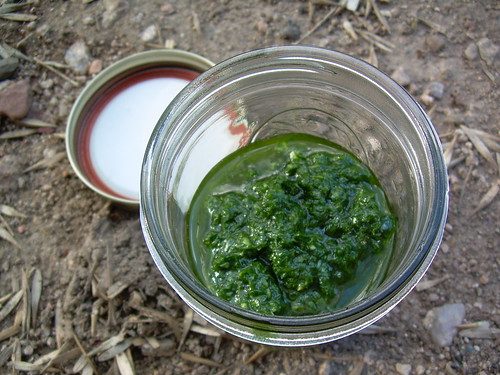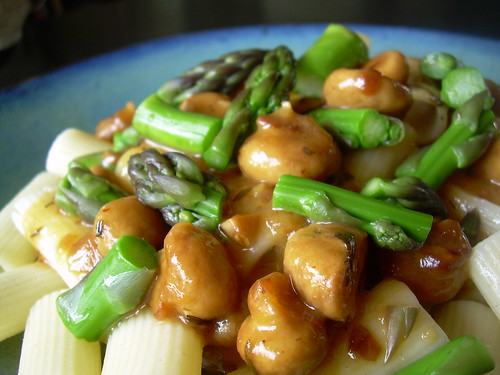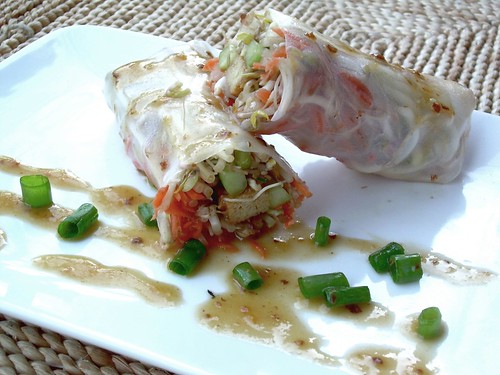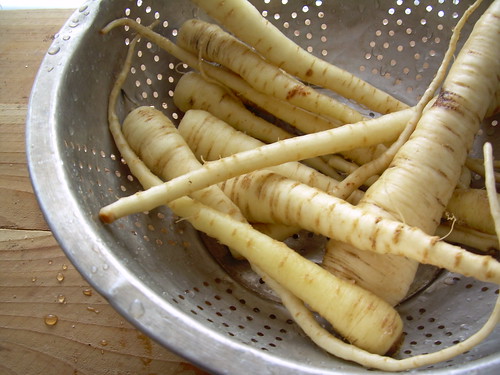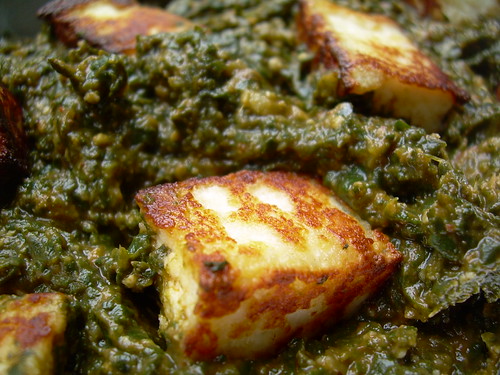 With the amount of spinach at the farmer's market right now, we are finding that we need to change up how we eat it - not just in salads, not just on sandwiches, not just steamed. An Indian spinach stew called palak paneer happens to be one of Julie's favorite dishes. Palak paneer is deliciously creamy and smooth. If you are thinking of trying Indian food for the first time, this is a good dish to start with.
With the amount of spinach at the farmer's market right now, we are finding that we need to change up how we eat it - not just in salads, not just on sandwiches, not just steamed. An Indian spinach stew called palak paneer happens to be one of Julie's favorite dishes. Palak paneer is deliciously creamy and smooth. If you are thinking of trying Indian food for the first time, this is a good dish to start with. Palak refers to the spinach and paneer refers to little cubes of soft cheese. Palak is often made with heavy cream, whole milk and ghee. Apparently, cashews can be used instead of milk products to add creaminess but they traditionally are used only for special occasions because cashews are expensive. Well, since we can afford cashews for more than just special occassions and since we wanted our palak to potentially feed our vegan friends, we made ours with cashews. Being the make-it-from-scratchers that we are, we made the paneer from scratch. If you are making this dish vegan you could easily replace the paneer with tofu.
Serving Size: 6
Paneer Ingredients:
1/2 gal. whole milk
3 T. lemon juice
2 layers of cheesecloth, approximately 12"x12" squares
Palak Ingredients:
1 lb raw spinach
1/3 c. (~50g) cashews
1/2 onion, minced
3 oz. tomato paste or 1 tomato
2 T. earth balance margerine
1 T. frozen cilantro
1 t. frozen ginger
1 t. turmeric, ground
2 cloves garlic, minced
1/2 t. ground cayenne
1/2 t. cumin, ground
1/2 t. corriander ground
salt to taste
For the paneer, I followed instructions from Indira's blog titled "Mahanandi". I also found helpful comments at the blog "food and other musings".
Basically, boil milk in a tall pot. Try to keep it at a rolling boil for at least 5 minutes. Stirring a lot and having a tall pot helps to keep the foam from spilling over. Then, remove from heat, add lemon juice, and stir for 3 minutes. Curds will form. Let it sit for 10 minutes to get more curds.
If you don't get many curds, you can just boil it again and try adding lemon juice a second time. Reading the comments on the blogs mentioned above really helped--I'll summarize what I think are the most important points below:
- Both pasteurized and raw milk will work.
- Ultra-pasteurized or ultra high temperature (UHT) milk will not work.
- Cow, goat, sheep, horse milk...it's all good.
- Whole milk works best. 2%, 1%, and skim may work, but will yield less cheese.
- Use the tallest pot you got.
- Boil the milk for at least 5 minutes, stirring to prevent the foam from spilling over.
- You can use any acid to promote curdling: lemon juice, lime juice, vinegar, yogurt.
- When the curds form, a translucent, yellowy liquid (whey) will remain.
- When the curds do form, it is like magic.
For the palak, I used Indira's palak recipe as a starting point.
In medium pot over low heat, melt 1 T. margerine and add the cayenne pepper and spinach. A pound of spinach may sound like a lot, but it cooks down dramatically. Feel free to use fresh green chilis instead of cayenne pepper. When the spinach is wilted, let it cool (you can add ice cubes if you're in a rush) and blend it in the food processor. Mix in half of a 6 oz. can of tomato paste. If tomatoes are in season, boil and mash a fresh tomato instead of using tomato paste. Set aside.
Dry-roast the cashews. Then blend the cashews to a fine powder in a food processor. Set aside. Use the already dirtied food processor once again to mince the onions.
Saute the onions in 1 T. of margarine until translucent. Add in the ginger, cilantro, garlic, turmeric, cumin, and coriander. Cook for a few minutes. Add in the wilted spinach, tomato and cashew powder. Mix well and salt to taste. Remove the paneer from the fridge and cut it into cubes. You can fry it first or add it to the palak as is. Serve with rice, rotis, or naan.
Side Notes:
Saag is pretty much the same thing as palak except that palak is exclusively spinach while saag can have mustard greens. I bet garlic mustard would make a great saag!
If you have raw milk, you can skip the boiling step and simply form curds and whey by letting it "spoil". Do not do this with pasteurized milk because it skips the curds and whey step and goes straight to bad. Bad meaning bad, not bad meaning good.
Indira's blog is one of my new favorites--the photos are great! Go here for the most recent posts!

